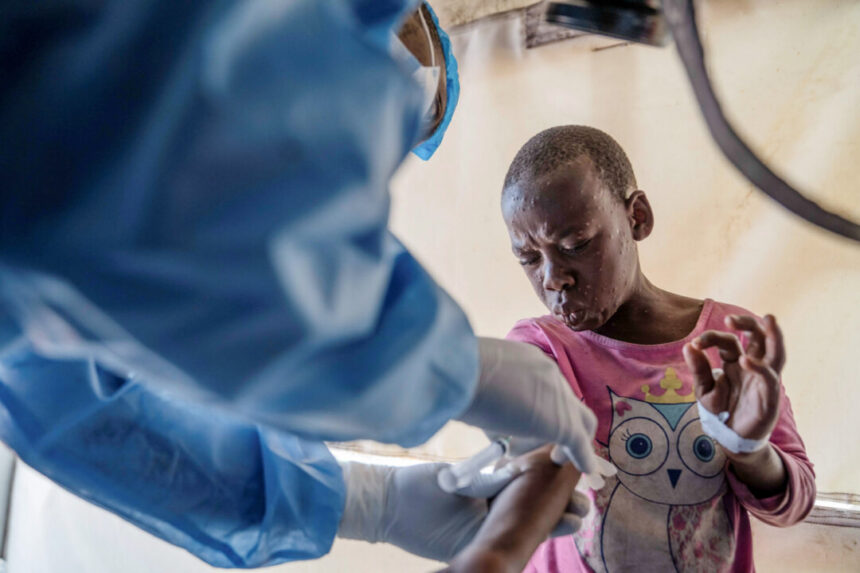Monkeypox cases in African countries have seen a significant increase, with nations in Central Africa contributing to over 85 percent of cases and more than 99 percent of deaths, according to the Africa Centers for Disease Control and Prevention.
Since January, there have been 48,093 reported cases of monkeypox, with 10,372 confirmed infections and 1,048 deaths across 19 member states of the African Union. This year’s confirmed cases have risen by more than 500 percent compared to the entire previous year.
The Democratic Republic of the Congo has reported the highest number of confirmed cases so far, while five countries have not reported any confirmed cases in the last five weeks.
Uganda recently reported its first death from confirmed cases, and only two deaths have occurred outside of Central Africa this year.
Experts note that there are two genetic clades of monkeypox—clade 1 and clade 2—where clade 1 poses higher health risks due to causing more severe cases and spreading more easily.
Vaccination plans are in place for six nations, and the Africa CDC emphasizes the need for intensified efforts in surveillance, testing, vaccination, and case management to address the increasing cases.
The World Health Organization has activated its Global Health Emergency Corps to support countries with monkeypox outbreaks, providing various forms of assistance to contain the virus.
A new diagnostic test has been approved by the WHO to detect both clade 1 and 2 variants of the virus, aiding in expanding testing in affected nations.
While most countries outside of Africa have detected only clade 2b of monkeypox, some exceptions include Sweden, Thailand, and Germany, which have identified clade 1b cases among travelers from Africa.
In the United States, there have been no reported cases of clade I monkeypox, with clade II still circulating at low levels. The CDC does not anticipate significant risks of spread within the country.
Please rewrite this sentence.
Source link






